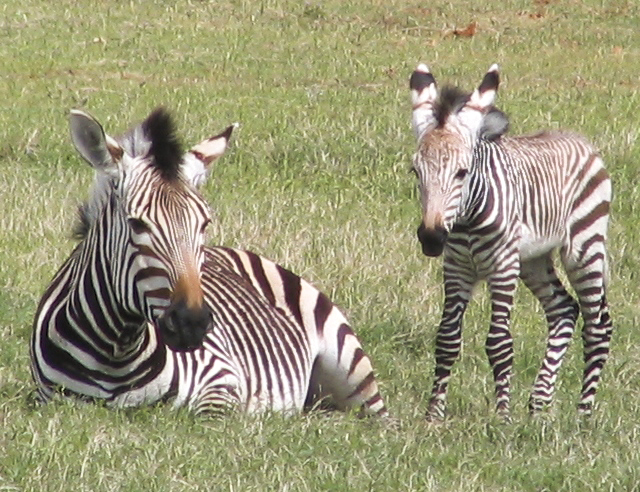“Animal rights groups heavy on anti-hunting rhetoric, but light on integrity and conservation.” ~Andrew Wyatt
New Report Shows Animal Rights Hypocrites Stiff Elephants, African Communities
Washington, D.C. — Today Safari Club International (SCI) exposed the hypocrisy of five animal rights groups in a new report. The report, “A Stampede of Hypocrisy: How Animal Rights Activists Poach Elephant Donations,” counters the high-profile propaganda campaign against the sustainable and highly regulated hunting of African elephants, which activists use to push their radical political agenda. Despite the trumpeting from these activists that they’re “speaking for” the interests of elephants, the report points to figures showing the millions of dollars contributed by hunters to African communities and anti-poaching efforts dwarfs the paltry expenditures by the animal rights groups in sub-Saharan Africa. View the report here:
The Humane Society of the United States (HSUS), its affiliate Humane Society International (HSI), the International Fund for Animal Welfare (IFAW), People for the Ethical Treatment of Animals…
View original post 410 more words






 White rhino
White rhino 